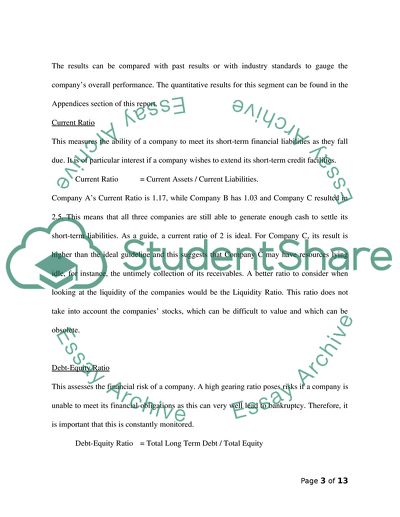Cite this document
(Analysis of Managing Financial Resources Research Paper, n.d.)
Analysis of Managing Financial Resources Research Paper. Retrieved from https://studentshare.org/finance-accounting/1723475-managing-financial-resources-read-the-scenario-produce-a-report
Analysis of Managing Financial Resources Research Paper. Retrieved from https://studentshare.org/finance-accounting/1723475-managing-financial-resources-read-the-scenario-produce-a-report
(Analysis of Managing Financial Resources Research Paper)
Analysis of Managing Financial Resources Research Paper. https://studentshare.org/finance-accounting/1723475-managing-financial-resources-read-the-scenario-produce-a-report.
Analysis of Managing Financial Resources Research Paper. https://studentshare.org/finance-accounting/1723475-managing-financial-resources-read-the-scenario-produce-a-report.
“Analysis of Managing Financial Resources Research Paper”, n.d. https://studentshare.org/finance-accounting/1723475-managing-financial-resources-read-the-scenario-produce-a-report.


